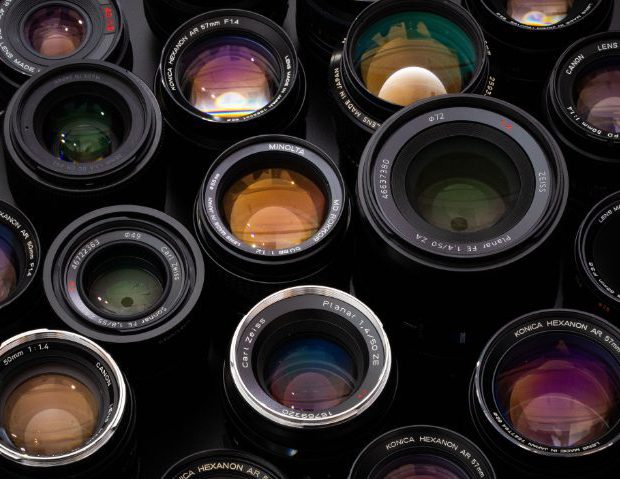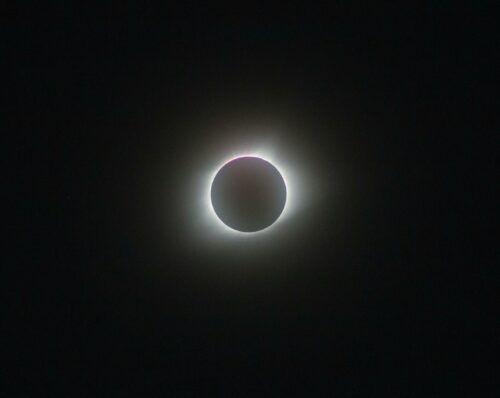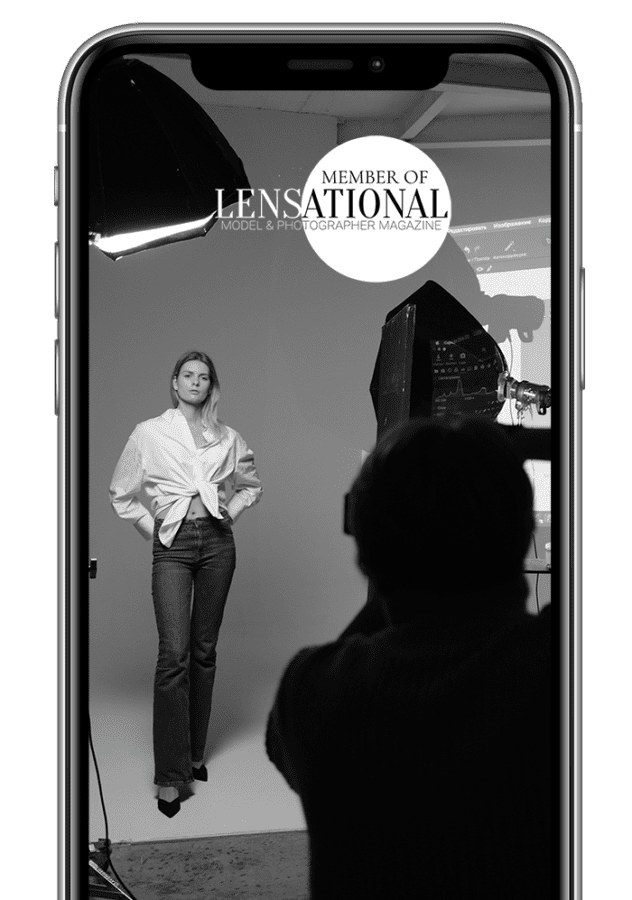Are you thinking about buying a new camera? Well, you’ve come to the right place! I understand the importance of having high-quality images and videos to make your content stand out in the crowded online space. Whether you’re a professional photographer or simply someone who enjoys taking photos, investing in a new camera can make a huge difference in the quality of your work. In this blog post, I will be sharing guide for best camera to buy in 2023:
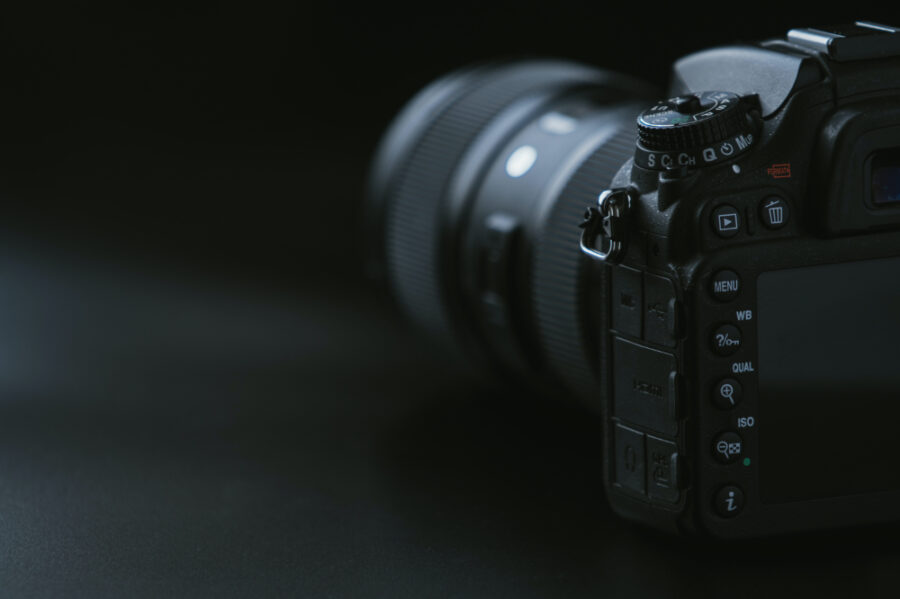
Full Frame or Crop Sensor
When it comes to photography, there are a variety of camera types and models available on the market. One of the most important decisions you’ll have to make is whether you want a full-frame or a crop sensor camera.
Both have their own advantages and disadvantages, so it’s important to understand the differences and decide which one is best suited for your needs.
First, let’s talk about full-frame cameras. As the name suggests, a full-frame camera has a sensor that is the same size as a 35mm film frame. This means that the sensor is larger than a crop sensor camera, which allows it to capture more light and produce better image quality.
Full-frame cameras are typically more expensive than crop sensor cameras, but they offer superior image quality, especially in low light situations.
On the other hand, crop sensor cameras have a smaller sensor, which means that they have a narrower field of view than full-frame cameras. This can be an advantage in certain situations as it allows you to get closer to your subject without having to physically move.
Additionally, crop sensor cameras are generally less expensive than full-frame cameras, making them a great option for those on a budget.
When it comes to choosing between full-frame and crop sensor cameras, there are several factors to consider. If you’re a professional photographer or you’re looking to take your photography to the next level, a full-frame camera is likely the best choice for you. However, if you’re just starting out or you’re on a budget, a crop sensor camera may be a better option.

Point and Shoot, Mirror or Mirrorless Body
When it comes to choosing the right camera body, the decision often comes down to the traditional mirror vs. the newer mirrorless option. Both types of cameras have their advantages and disadvantages, and ultimately it comes down to personal preference and shooting style.
DSLR
A traditional DSLR camera uses a mirror to reflect the image from the lens into the viewfinder, which allows the photographer to see exactly what they are capturing. This design has been the standard for decades and is still the preferred choice of many professional photographers.
DSLR cameras are known for their speed, durability, and the range of lenses available to use with them.
Mirrorless Camera
Mirrorless cameras, as the name suggests, lack the mirror and instead use an electronic viewfinder to display the image. This design makes them much lighter and more compact than traditional DSLRs, making them a popular choice for travel and street photographers.
Mirrorless cameras are also known for their fast autofocus and silent shooting, making them ideal for capturing wildlife or sports photography. One of the biggest advantages of mirrorless cameras is their ability to shoot video.
The electronic viewfinder allows you to see exactly what the camera is recording, making it easier to capture high-quality video footage. Additionally, the lack of a mirror means that mirrorless cameras can shoot at faster shutter speeds, which is essential for capturing fast-moving action.
There are also some disadvantages to mirrorless cameras. They tend to have shorter battery life than DSLRs, which can be a problem if you’re planning on shooting for long periods of time. The electronic viewfinder can also be a drain on the battery, so it’s important to carry spare batteries with you.
The range of lenses available for mirrorless cameras is still somewhat limited compared to DSLRs, although this is changing as the popularity of mirrorless cameras grows.
Point and shoot cameras
Point and shoot cameras are compact and easy to use. They are great for everyday photography and are perfect for those who don’t want to worry about adjusting settings or carrying around a bulky camera.
Point and shoot cameras have a fixed lens and a small sensor, which means they may not produce the same high-quality images as other cameras. However, they are a great option for those who are just starting to explore photography and want a simple, affordable option.
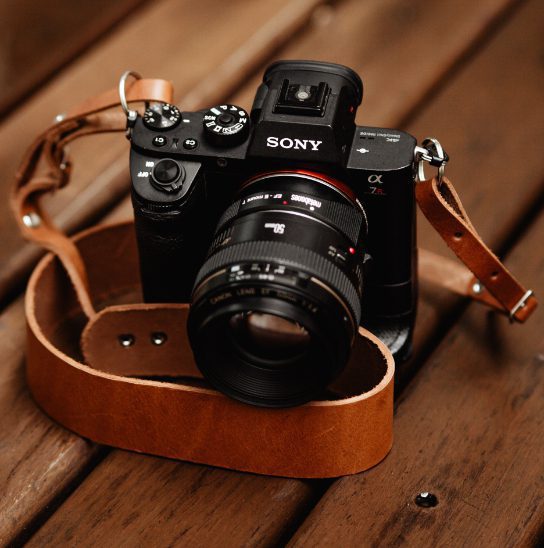
Lens
When it comes to photography, the choice of lens is just as important as the camera itself. The lens you choose will determine the final outcome of your images.
Focal Length
What focal length to choose lens is a common question among photographers, both amateur and professional alike. The focal length of a lens is measured in millimeters and determines the angle of view and magnification of a lens.
There are a few factors to consider when choosing the right focal length for your lens. The first factor to consider is the subject matter you will be photographing. If you plan on photographing landscapes or architecture, a wider focal length such as 18mm or 24mm is ideal.
This will allow you to capture a wider angle of view and include more of the scene in your frame. On the other hand, if you plan on capturing portraits or wildlife, a longer focal length such as 85mm or 200mm will give you a more narrow angle of view, which will help to isolate your subject and create a more shallow depth of field.
Another factor to consider is the available light. If you are shooting in low light situations, a lens with a wider aperture (lower f-stop number) will allow more light to enter the lens and help to create a brighter image. This is especially important when shooting indoors or during sunset or sunrise.
A lens with a wider aperture will also allow you to create a shallow depth of field, which can be useful when creating portraits or artistic images.
Finally, it’s important to consider the type of camera you are using. Different camera models have different crop factors, which will affect the effective focal length of the lens.
For example, a lens with a 50mm focal length on a full-frame camera will have a different effective focal length on a crop sensor camera. Understanding the crop factor of your camera will help you to choose the right focal length for your lens.

Fixed or Zoom
So, shall you choose a fixed or zoom lens? Let’s explore the differences between these two types of lenses to help you make the best decision.
Fixed lenses, also known as prime lenses, have a fixed focal length and cannot zoom in or out. While this may seem like a disadvantage, fixed lenses have several advantages over zoom lenses. Firstly, they are lighter in weight and smaller in size, making them more portable and easier to carry around.
Secondly, fixed lenses offer better image quality as they have fewer moving parts, resulting in less distortion and sharper images.
Thirdly, fixed lenses have a wider maximum aperture, which allows for better low-light performance and more creative control over depth of field.
Zoom lenses offer the flexibility of adjusting the focal length, allowing you to zoom in or out to capture different perspectives without having to change lenses. This makes them ideal for capturing a variety of subjects, from landscapes to portraits.
Additionally, zoom lenses are convenient for shooting in fast-paced environments where you don’t have time to switch lenses. However, zoom lenses are generally heavier and bulkier than fixed lenses, which can make them less portable and more difficult to carry around.
So, which one should you choose? The answer ultimately depends on your personal preferences and the type of photography you enjoy. If you prioritize image quality and creative control, a fixed lens may be the better option for you.
If you value flexibility and convenience, a zoom lens may be more suitable. However, keep in mind that both types of lenses have their own unique advantages and disadvantages, and there is no right or wrong answer.
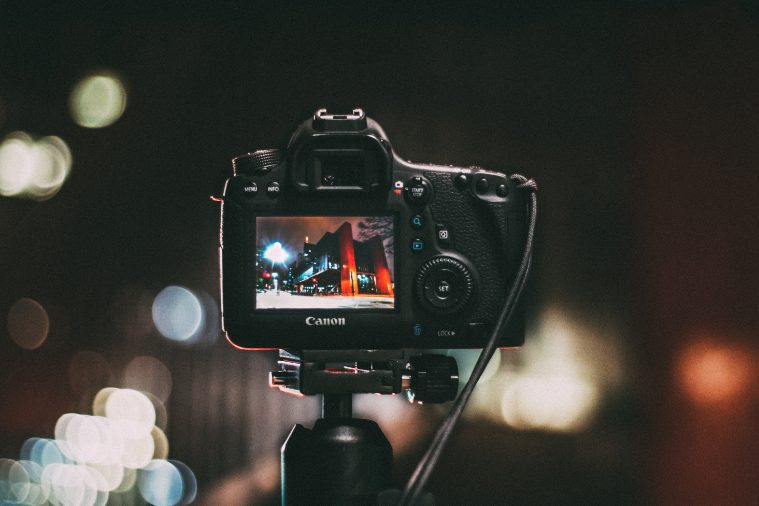
Image Stabilization
Are you wondering if you should choose image stabilization in your lens? The answer, as with most things in life, is that it depends.
Image stabilization, also known as vibration reduction, can be a valuable tool for photographers, especially those who shoot in low light or use longer focal lengths. The main benefit of image stabilization is that it allows you to shoot at slower shutter speeds without getting blurry images.
This can be particularly useful in situations where you can’t use a tripod, such as at a concert or when shooting moving subjects. Image stabilization can also help you get sharper images when using longer focal lengths, which are more prone to camera shake.
However, image stabilization is not without its drawbacks. First of all, it adds weight and complexity to your lens, which can make it more expensive and harder to carry around.
It can also cause your lens to focus more slowly, which could be a problem if you’re shooting fast-moving subjects like sports or wildlife.
Another consideration is that not all types of image stabilization are created equal. Some lenses have in-lens stabilization, while others have in-body stabilization. In-lens stabilization tends to be more effective, especially for longer focal lengths, but it’s also more expensive. In-body stabilization is generally less effective but can be more affordable.
The abbreviations manufacturers use to specify that their lenses have built-in image stabilization:
- Nikon – VR
- Canon – IS
- Pentax – Image stabilization in the cameras
- Sony – Image stabilization in the cameras
- Sigma – OS
- Tamron – VC
Colour Refractive Correction
If you are looking for a camera that can produce stunning images with exceptional color accuracy, then you might want to consider buying a Colour Refractive Correction (CRC). These cameras are designed to correct color aberrations that are commonly found in traditional lens cameras.
The result is an image that is true to life and vibrant, with colors that are rich and accurate. The CRC lens technology is relatively new, but it has already made a significant impact on the photography industry.
The benefits of a CRC lens camera are clear. You will notice a remarkable improvement in color accuracy. The colors in your images will be more vibrant, and the details will be sharper.
Manufacturers are using what they call a low dispersion glass:
- Nikon – ED
- Pentax – ED
- Sigma – APO
- Tamron – LD
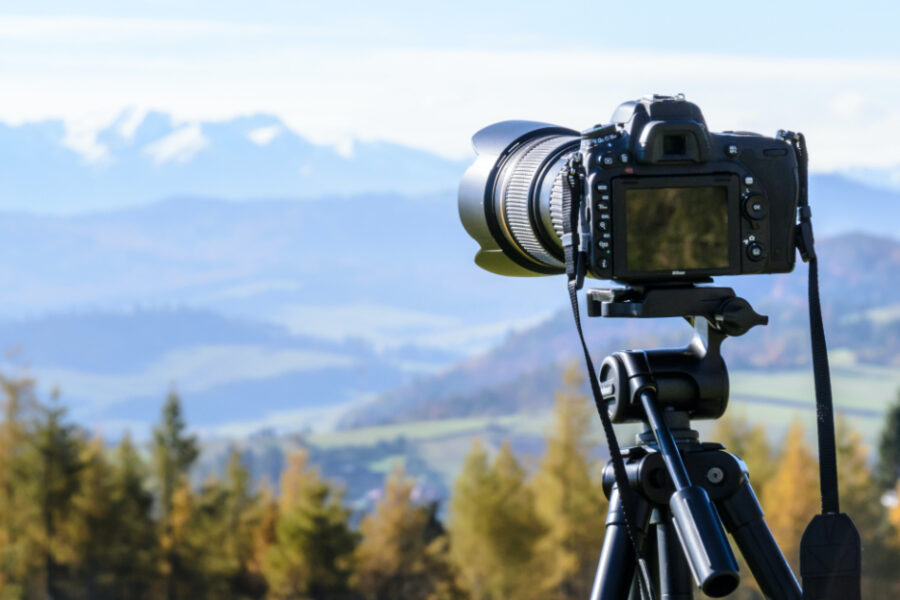
Distortion
Does all camera lenses have distortion? The answer to this question is both yes and no, and it largely depends on the type of lens and its quality.
In general, camera lenses are designed to minimize distortion, but it is impossible to eliminate it completely. Distortion refers to the bending or warping of an image, which can occur due to various factors such as the curvature of the lens, the angle of view, and the distance between the lens and the subject.
Most lenses have some degree of distortion, which can be corrected during post-processing. However, high-quality lenses are engineered to minimize distortion to a great extent, and their optical design is optimized to produce sharp and clear images.
For instance, prime lenses, which have a fixed focal length, are known for their superior image quality and low distortion.
Zoom lenses, on the other hand, are more prone to distortion, especially at the extreme ends of their focal range. However, modern zoom lenses come with advanced optical elements such as aspherical and ED glass, which help to reduce distortion and produce better images.
- Pentax – AL
- Sigma – ASP
- Tamron – AD
Perspective/Focus Shift
While all lenses are designed to capture images with clarity and precision, not all lenses experience perspective or focus shift.
Let me explain. Firstly, it’s important to understand what perspective and focus shift are. Perspective shift is a phenomenon that occurs when the lens is tilted or shifted, changing the angle at which the image is captured.
This can create distortion or change the appearance of the image.
Focus shift, on the other hand, occurs when the focus point of the lens changes as the aperture is adjusted. This can cause the image to appear less sharp or out of focus.
Now, it’s true that some lenses are designed to minimize perspective and focus shift. These lenses are often referred to as tilt-shift lenses, and they provide a greater degree of control over the image capture process.
By adjusting the tilt and shift of the lens, photographers can correct for perspective distortion and ensure that the focus point remains consistent throughout the aperture range. However, not all lenses have this technology built-in.
Standard lenses, for example, do not typically have the ability to tilt or shift, and therefore are more susceptible to perspective and focus shift.
This doesn’t mean that standard lenses can’t produce great images – they absolutely can – but it does mean that photographers need to be more mindful of their shooting technique and pay attention to potential distortion or focus issues.
- Nikon – PC
- Canon – TS
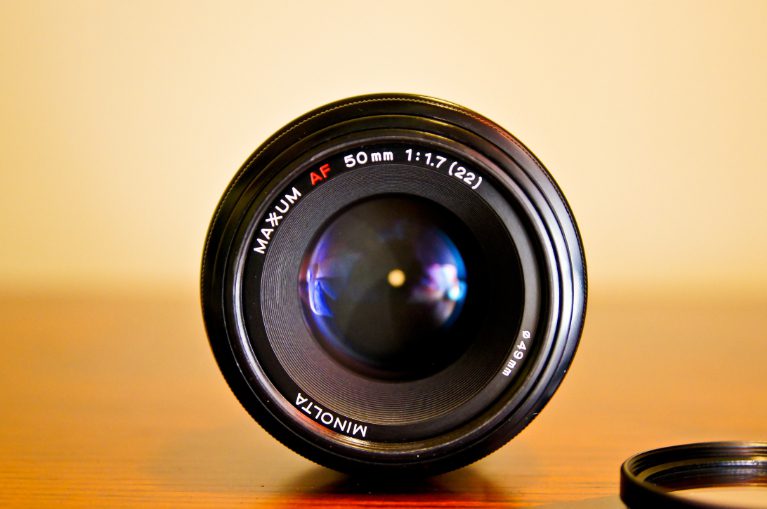
For non full-size image sensors:
Non full-size image sensors – These sensors are commonly found in cameras with APS-C or Micro Four Thirds sensors, which are smaller than full-frame sensors. To get the best results from these smaller sensors, it is important to choose a camera lens that is specifically designed for them.
For non full-size image sensors camera lens, there are several options available in the market. One of the most popular choices is the crop-sensor lens, which is designed to match the smaller sensor size. These lenses are typically less expensive than full-frame lenses, making them a great option for photographers on a budget.
Another option for non full-size image sensors camera lens is the Micro Four Thirds lens. These lenses are specifically designed for the Micro Four Thirds sensor size, which is smaller than APS-C sensors. These lenses offer excellent image quality, and are often more compact than crop-sensor lenses.
It is important to note that using a full-frame lens on a non full-size image sensor camera can result in vignetting, which is a darkening of the corners of the image. This is because the lens is designed to cover a larger sensor size, and the smaller sensor cannot capture the entire image circle. To avoid this issue, it is recommended to use a lens that is specifically designed for the sensor size.
- Nikon – DX
- Canon – EF-S
- Pentax – DA
- Sony – DT
- Sigma – DC
- Tamron – DI-II
For full frame image sensors:
- Nikon – Lenses are not marked with DX
- Canon – EF
- Pentax – FA
- Sigma – DG
- Tamron – DI
Macro
A macro lens camera is specifically designed to capture sharp and detailed images of small objects and subjects that are often difficult to photograph with a regular camera.
Macro lenses have a unique design that allows them to focus on objects that are only a few inches away from the lens. This means that you can capture incredible detail and textures in your close-up shots, whether you’re taking pictures of flowers, insects, or even jewelry.
- Nikon – Micro
- Canon – Macro
- Sigma – Macro
- Tamron – Macro

